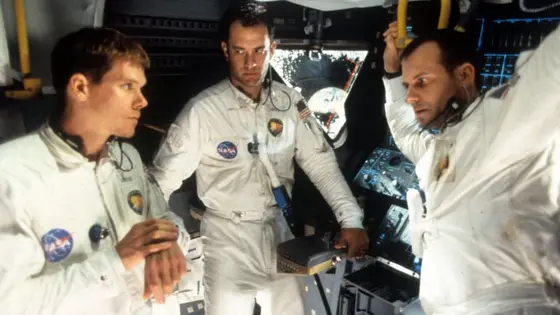T4K3.news
Untethered NASA Spacewalk Remains a Landmark
Photos of the 1984 STS-51A spacewalk resurfaced, highlighting safety evolution in NASA's approach to EVA.

A 1984 NASA mission and the untethered EVA it featured are revisited as new photographs circulate and safety practices evolved.
Untethered NASA Spacewalk Remains a Landmark of Spaceflight
NASA's 1984 STS-51A mission carried five astronauts to recover malfunctioning satellites Westar 6 and Palapa B2. The crew used Manned Maneuvering Units and a stinger to guide the satellites toward the shuttle's robotic arm, completing the retrievals after hours of careful maneuvering. The operation helped prove that satellites could be captured and brought back to the payload bay, and the mission lasted almost eight days in orbit.
Recently resurfaced photographs of Dale Gardner floating untethered against Earth’s curved horizon have prompted renewed interest in that era of spaceflight. Since then NASA adopted tethered spacewalks and the SAFER backup device, making risky maneuvers less common today while ambition remains high. Gardner, who died in 2014, remains a symbol of a period when exploration fused audacity with evolving safety culture.
Key Takeaways
"The void tests nerve and training at once"
highlight
"Safety is the quiet engine behind bold moves"
opinion
"Memory of pioneers keeps the space story alive"
factual
"History guides the next leap without sacrificing crew"
emotional
The episode highlights how risk tolerance in spaceflight has shifted. Early missions paired bold improvisation with manual safeguards, while later programs built in stronger tethering, rescue gear, and formal procedures to keep astronauts safe. Public memory of untethered EVA moments can celebrate ingenuity while underscoring the costs and precautions now built into every spacewalk. The resurfacing of historic photos also shows how nostalgia can influence current interest in science and engineering, even as teams prioritize risk reduction.
Highlights
- The void tests nerve and training at once
- Safety is the quiet engine behind bold moves
- Memory of pioneers keeps the space story alive
- History guides the next leap without sacrificing crew
History reminds us that curiosity and caution can advance hand in hand.
Enjoyed this? Let your friends know!
Related News
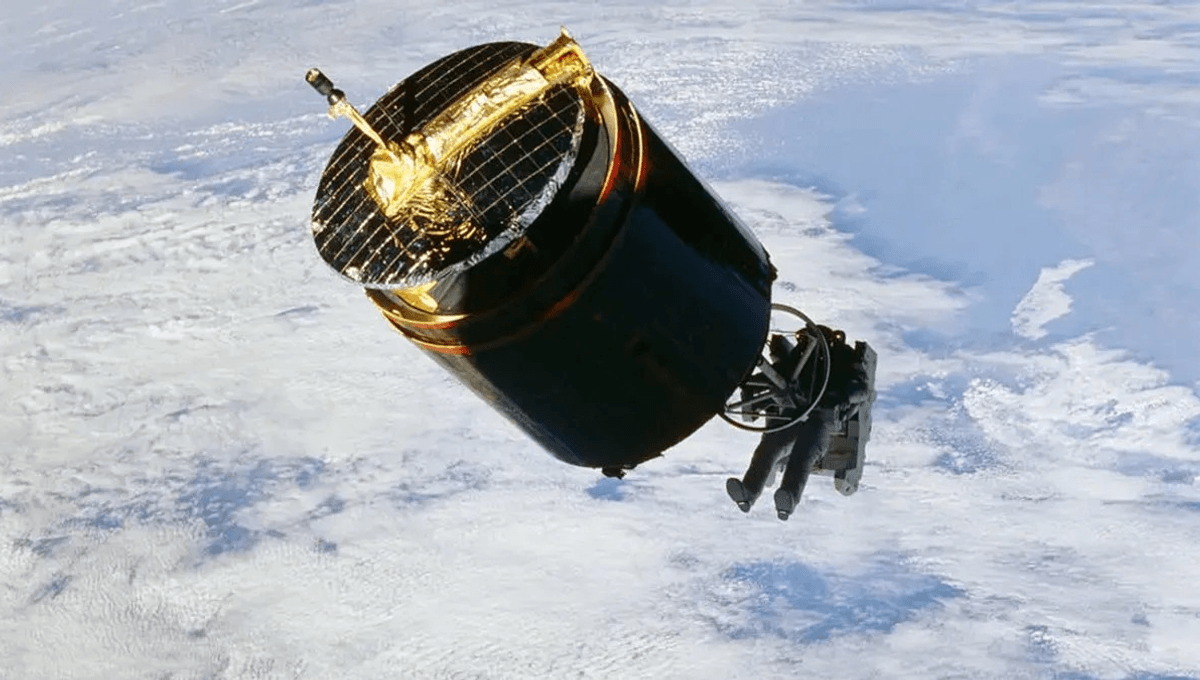
NASA astronaut recovers satellites in untethered spacewalk
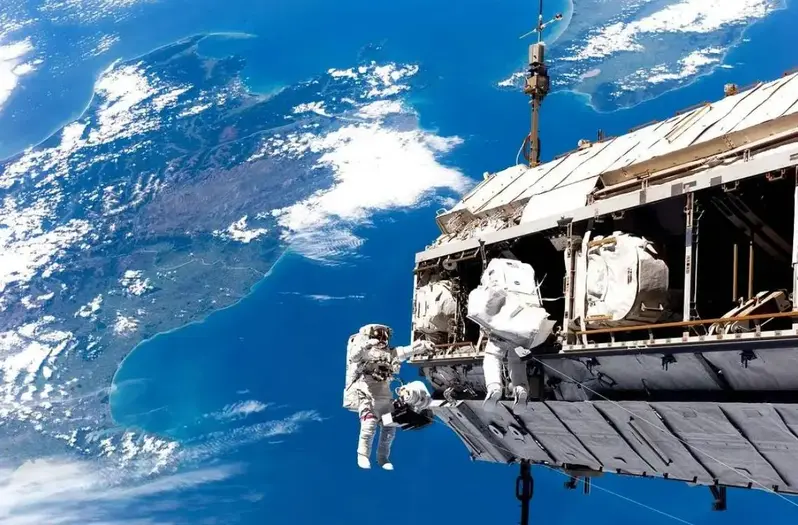
NASA astronauts capture stunning celestial events from ISS

Full Moon Observation
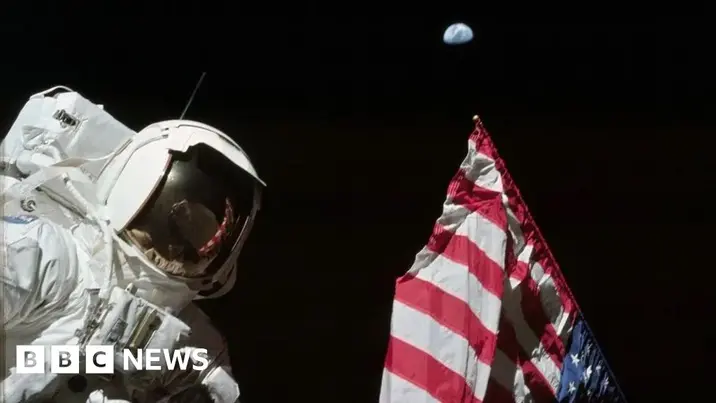
Apollo Moon veterans remain as Artemis advances
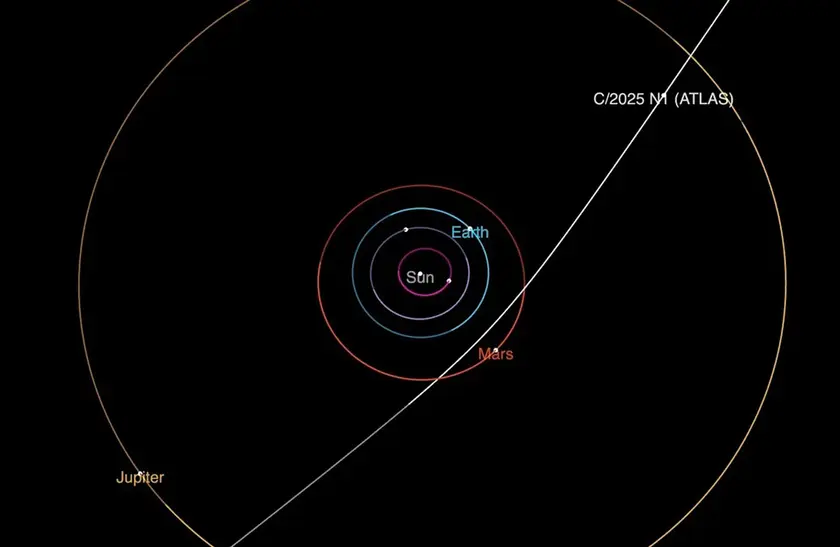
Interstellar comet image captured

Jim Lovell obituary Apollo 13 leader dies aged 97
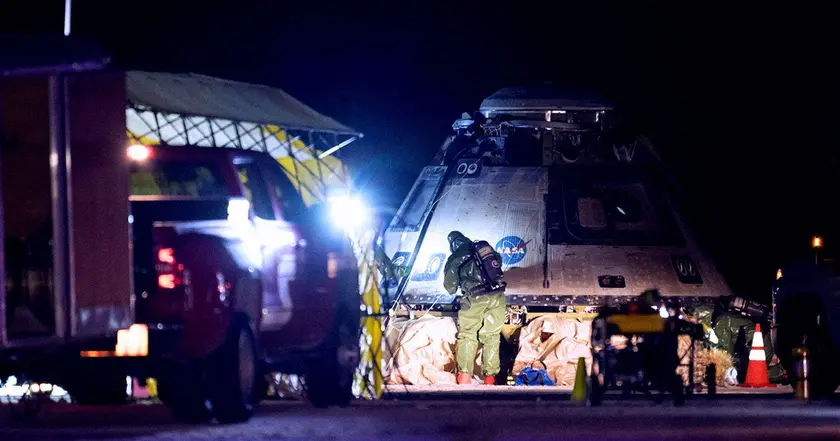
Boeing's Starliner struggles with delays and failures

No solar eclipse scheduled for August 2, 2025
